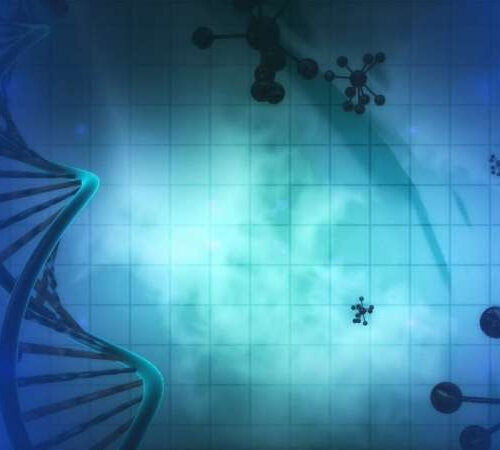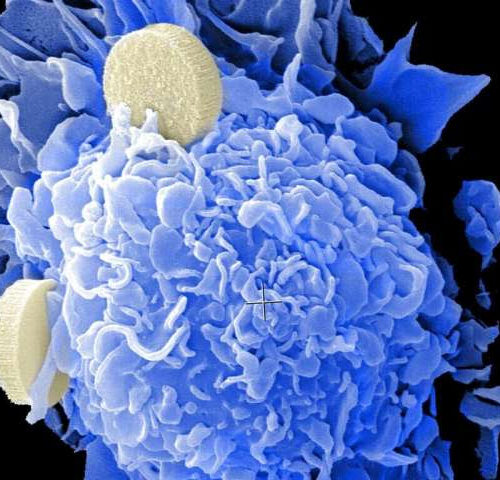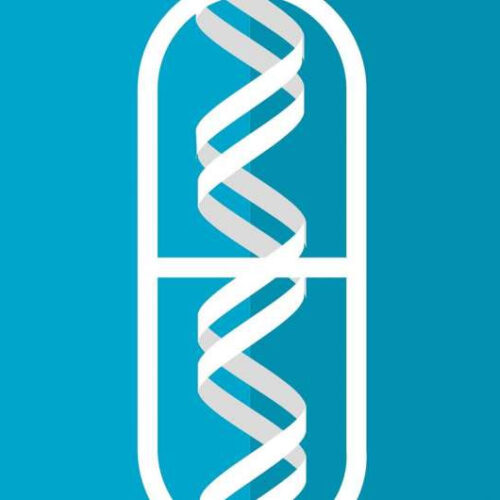by Lori Dajose, California Institute of Technology Multiple sites of the AAV capsid are engineered to acquire brain specificity while being targeted away from the liver in mice after in vivo selection. On the left, the engineering sites on the AAV capsid and monomer are depicted in purple and green, while on the right transgene...
Tag: <span>Gene Therapy</span>
Genethon announces publication of results paving the way for gene therapy for XLH, a skeletal disorder
AFM-TÉLÉTHON PARIS, FRANCE (November xx, 2021) – Genethon, a unique non-profit gene therapy R&D organization founded by the French Muscular Dystrophy Association (AFM-Telethon), announced today publication in the open-access journal Science Advances of research describing advances in using AAV-based gene therapy for potential long-lasting treatment of X-linked hypophosphatemia (XLH), a serious skeletal disease caused by low levels of phosphate...
Gene therapy shows early promise as angelman syndrome treatment
by University of North Carolina Health Care Credit: CC0 Public Domain Scientists at the UNC School of Medicine have reported in the journal JCI Insight encouraging early tests of a gene therapy strategy against Angelman syndrome, a neurodevelopmental disorder that features poor muscle control and balance, hard-to-treat epilepsy, and intellectual disabilities. Angelman syndrome affects roughly one in every 20,000 children,...
New gene therapy pathway could protect us from cancer and dementia
by University of Sheffield Credit: Unsplash/CC0 Public Domain Researchers from the University of Sheffield have discovered a new gene therapy pathway that has uncovered an important regulatory mechanism to keep our genome healthy. This pathway has the potential to protect us against serious life-limiting diseases such as cancer and dementia. Cancer and neurodegeneration are two major health...
Pioneering Gene Therapy Freed Her of Sickle Cell. Is a Cure at Hand?
Such treatments are extraordinarily promising and costly. Will the Biden administration commit to spending that could speed clinical trial results? Helen Obando, at home in Mesa, Ariz. An experimental gene therapy she received last year successfully rid her of her sickle cell disease, eliminating her intense suffering and transforming her into a teenager like any...
A new gene-delivery vehicle could make gene therapy for muscle diseases safer and more effective
by Broad Institute of MIT and Harvard Credit: CC0 Public Domain Genetic muscle diseases lead to progressive muscle wasting and often early death, with few treatment options and no cure. Some gene therapies that use a harmless virus to deliver a functioning copy of a disease-causing gene to cells have shown promise in clinical trials for...
GENE THERAPY COULD TREAT EYE DISEASE WITHOUT SURGERY
Currently, the only treatment is a corneal transplant, major surgery with associated risks and potential complications. “When you do a transplant you make a huge difference for that person, but it’s a big deal for the patient with lots of visits, lots of eye drops, lots of co-pays, and if you had a medical treatment...
Study supports gene therapy as a promising treatment for soft bone disease
SANFORD BURNHAM PREBYS MEDICAL DISCOVERY INSTITUTE IMAGE: JOSÉ LUIS MILLÁN, PH.D., IS A PROFESSOR IN THE HUMAN GENETICS PROGRAM AT SANFORD BURNHAM PREBYS. CREDIT: SANFORD BURNHAM PREBYS LA JOLLA, CALIF. – June 7, 2021 – A preclinical study led by scientists at Sanford Burnham Prebys has established that AAV8-TNAP-D10–a gene therapy that replaces a key...
Gene therapy more cost effective than current treatments for hemophilia B
by St. Jude Children’s Research Hospital Credit: CC0 Public Domain A St. Jude Children’s Research Hospital analysis found a major gap between the cost to manufacture and distribute hemophilia B gene therapy and the $2 million-plus price reportedly under consideration for hemophilia gene therapy now in development. The study appeared online in the journal Blood. It is the first to report gene...
Man blind for 40 years regains some sight through gene therapy
Doctors for the first time have used a form of gene therapy to restore partial vision in a blind person, according to findings announced Monday. The research team genetically altered retinal ganglion cells to become light-sensitive in a man whose vision was destroyed by retinitis pigmentosa, a genetic disorder that breaks down cells that absorb and convert light into brain signals. Using special goggles,...








